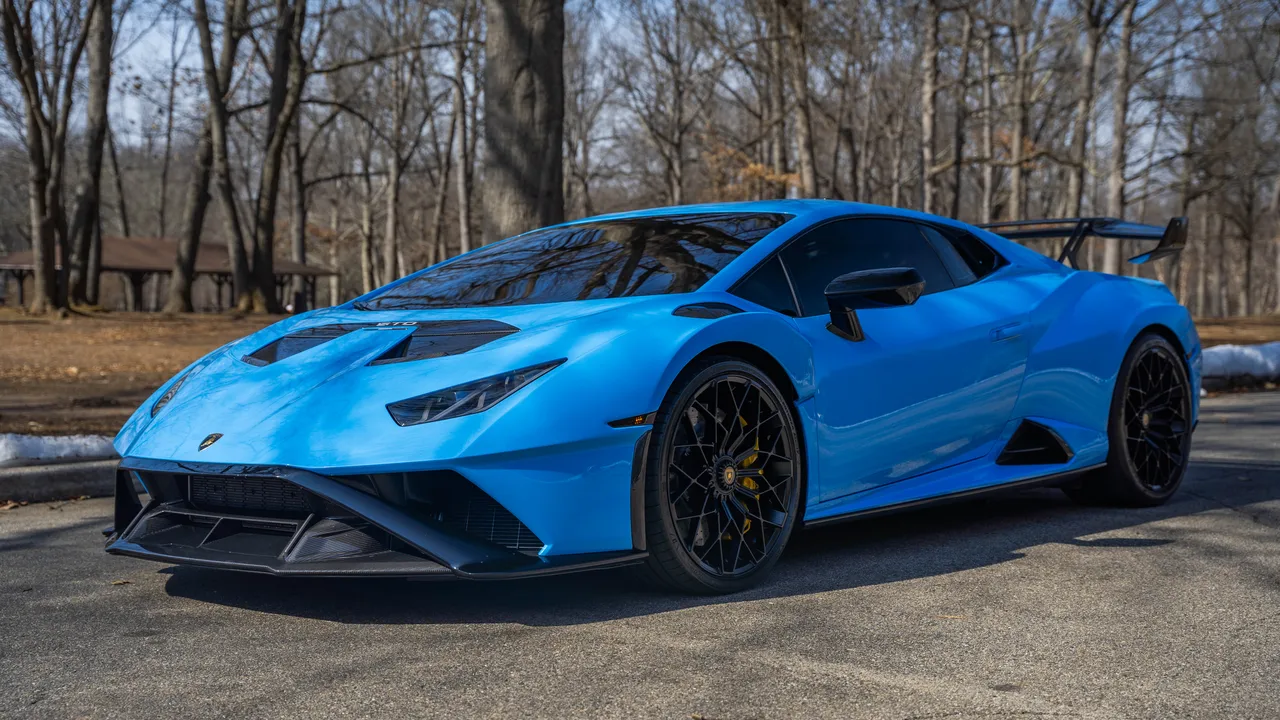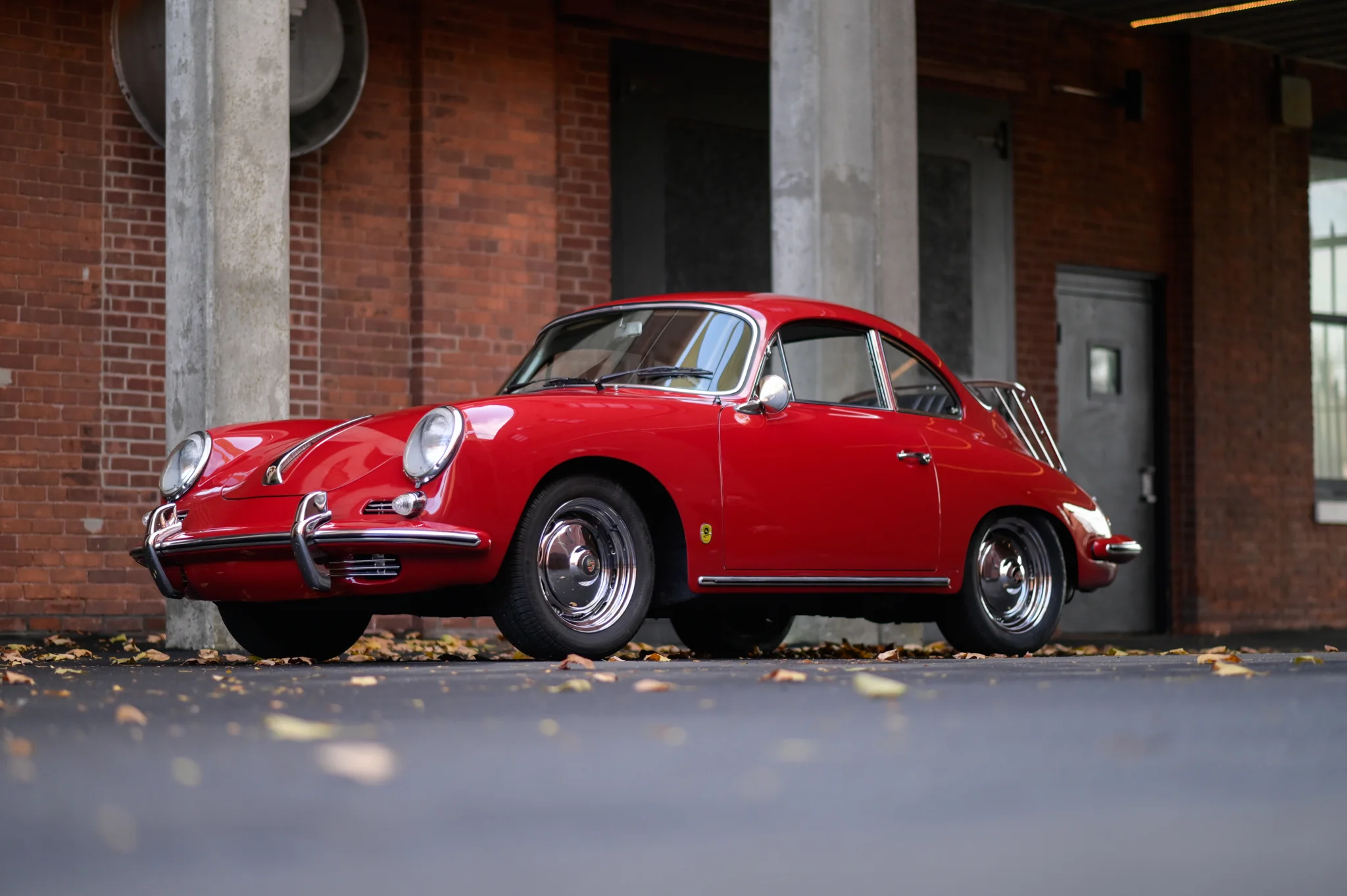The Evolution of Supercar Design: From Past to Present
Published on Feb 20, 2025 at 11:50 AM | By Alessandro Renesis
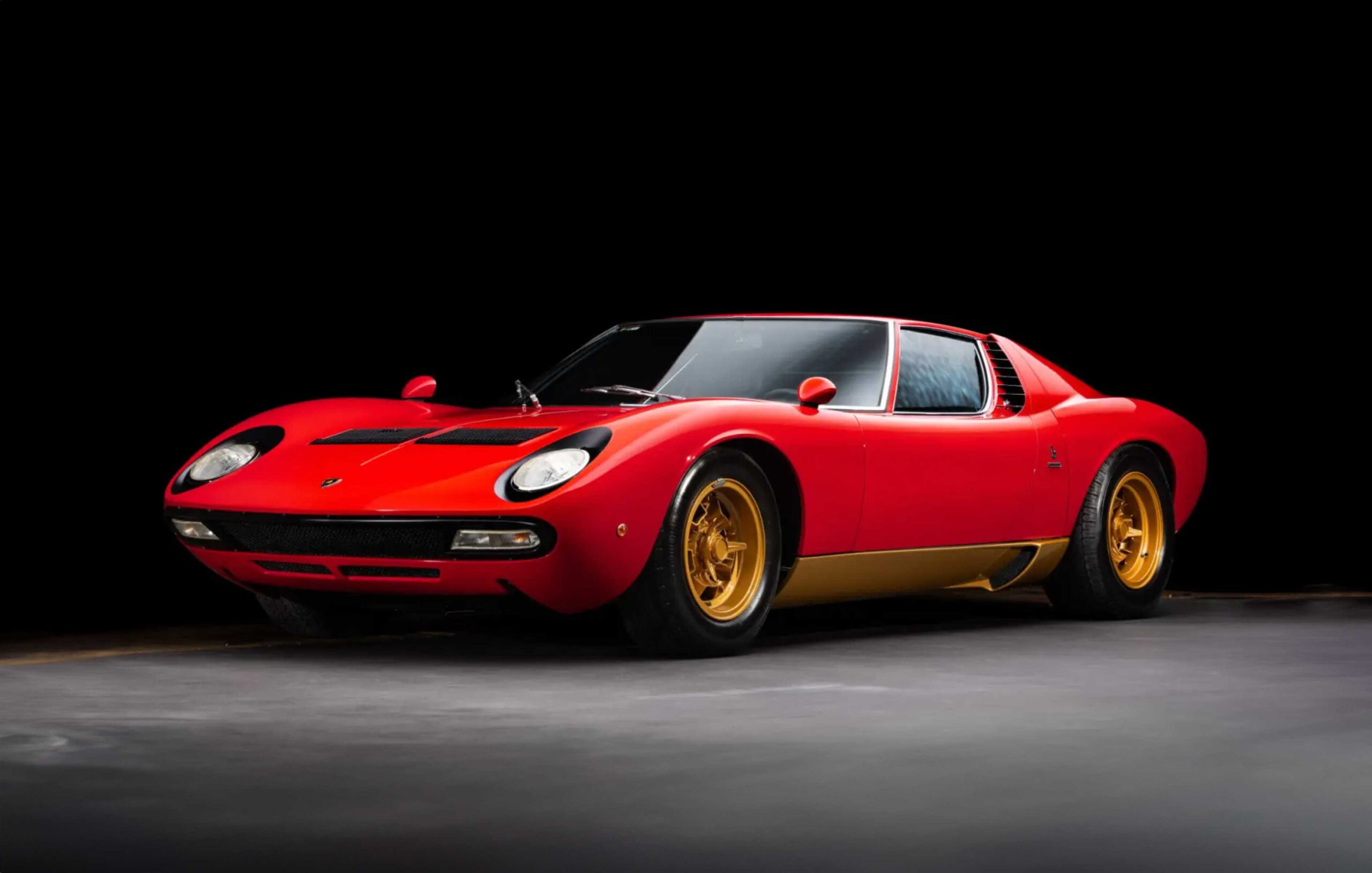
A supercar is a high-performance, highly desirable vehicle that is also considered rare, either because production is limited or because it’s so expensive and difficult to buy that few people will end up owning one anyway.
With that definition in mind, everyone conventionally calls the Lamborghini Miura ‘the first supercar in history’, which would imply that supercars were born as front-engined vehicles.
The engine placement once dictated the car’s styling, including proportions.
With the engine at the front, you get a longer hood and a sweeping rear end, with the engine in the middle or at the rear, you end up with the opposite effect.
But, ironically, the vast majority of supercars in history are actually not front-engined vehicles.
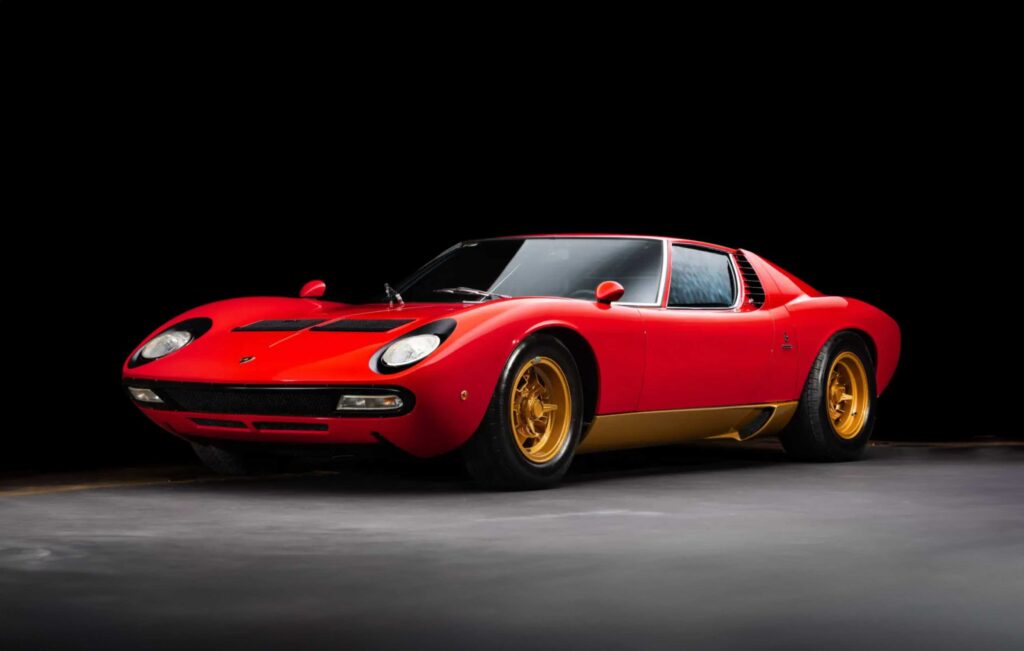
Front engine vs rear engine
If 10 different people googled ‘best+supercar+history’, they’d end up reading 10 different lists, but we can pretty much guarantee that those lists would always include the McLaren F1, the Lamborghini Countach, Miura or Diablo, and the Ferrari F40.
Some people would include the Bugatti Veyron or the Pagani Zonda or Jaguar XJ220 as well.
The one thing they all have in common is the fact that none of these cars are front-engined.
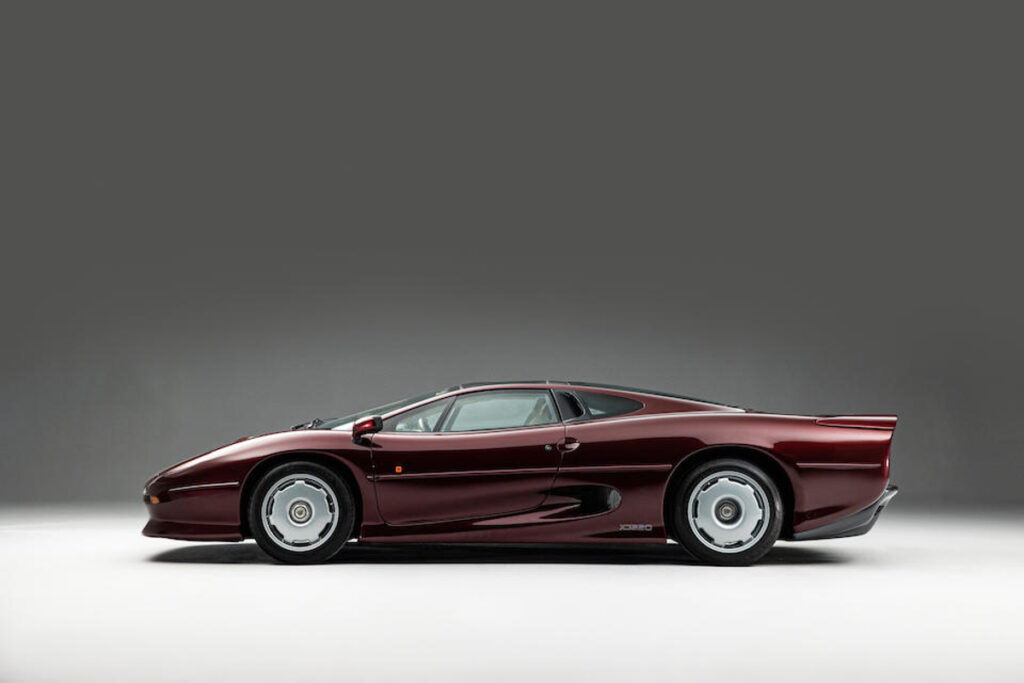
Apart from the LM002, which was an experiment more than anything else, Lamborghini had never made a front-engined vehicle before the Urus SUV, which is not a supercar anyway.
McLaren has never made a front-engined car and while Ferrari has, the company’s halo car is and always has been mid-engined.
There’s probably a psychological reason behind this trend.
Whether you’re a potential buyer or an enthusiast, you want a supercar to be immediately recognizable from a ‘normal’ car, and putting the engine in the middle automatically makes it different, precisely because it encourages the car designer to work around those proportions.
The Porsche 911

The Porsche 911 has been around for 60+ years, but no one knows whether to call it a sportscar or a supercar.
That debate would require a UN resolution but, whichever way you cut it, the 911 is the only supercar that has always stubbornly stuck to the same setup, with the engine at the back.
In most supercars, the engine is either at the front, between the front wheels and the cabin, or in the middle, right behind the seats but in front of the rear wheels.
In the 911, it’s roughly located on top of the rear wheels but slightly tilted towards the rear.
This is why the 911 has always looked, well, like a 911.
And it clearly works, because the Porsche 911 is a six-figure supercar that sells like a family sedan.
So, if it ain’t broke…
What about electric cars?
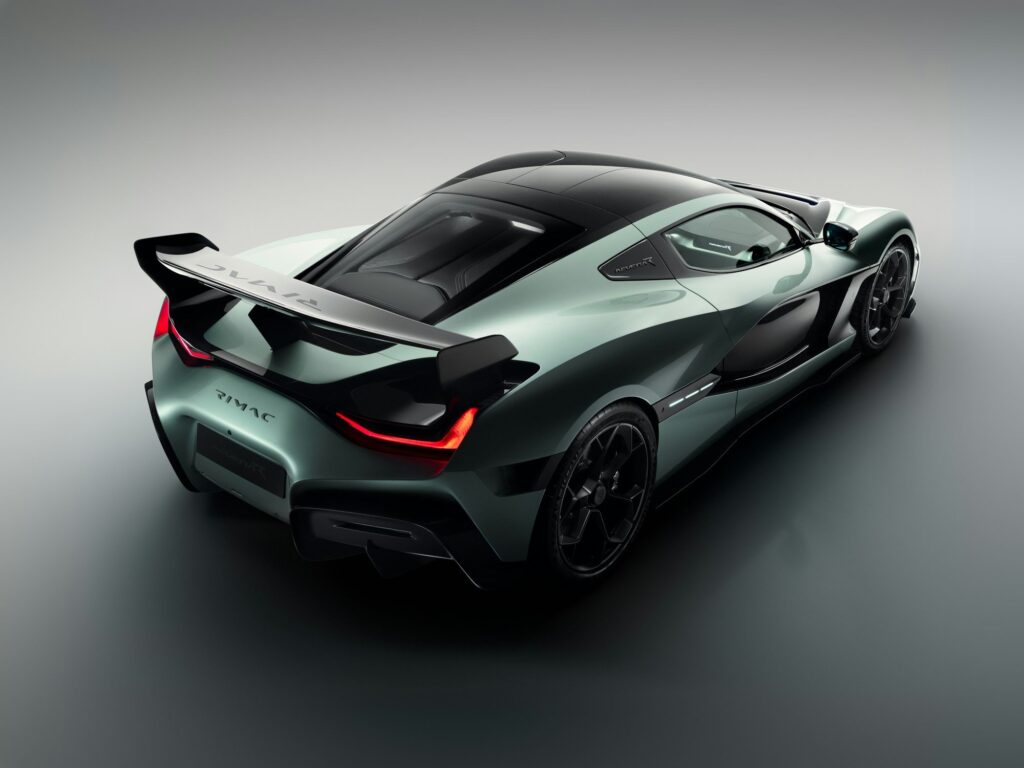
Everybody does it differently but, in general, most electric cars feature a battery pack that’s either underneath the floor or directly integrated into the platform, and electric motors mounted either in the axles or the wheels.
This means you’ve got plenty of space for the trunk and the frunk, ie the front trunk, and it also means designers can do what they want, because they don’t have to worry about engine location.
Even so, the trend remains clear.
Most electric supercars look like mid-engined vehicles.
That’s true with the Rimac Nevera, the electric hypercar created by the brand that now also controls Bugatti, and it’s true for the Yangwang U9, a weird but gorgeous Chinese supercar that can dance and drive itself around a track.
So, perhaps we should add a caveat to that definition.
A supercar is a high-performance, desirable vehicle that’s usually, but not always, mid-engined.

